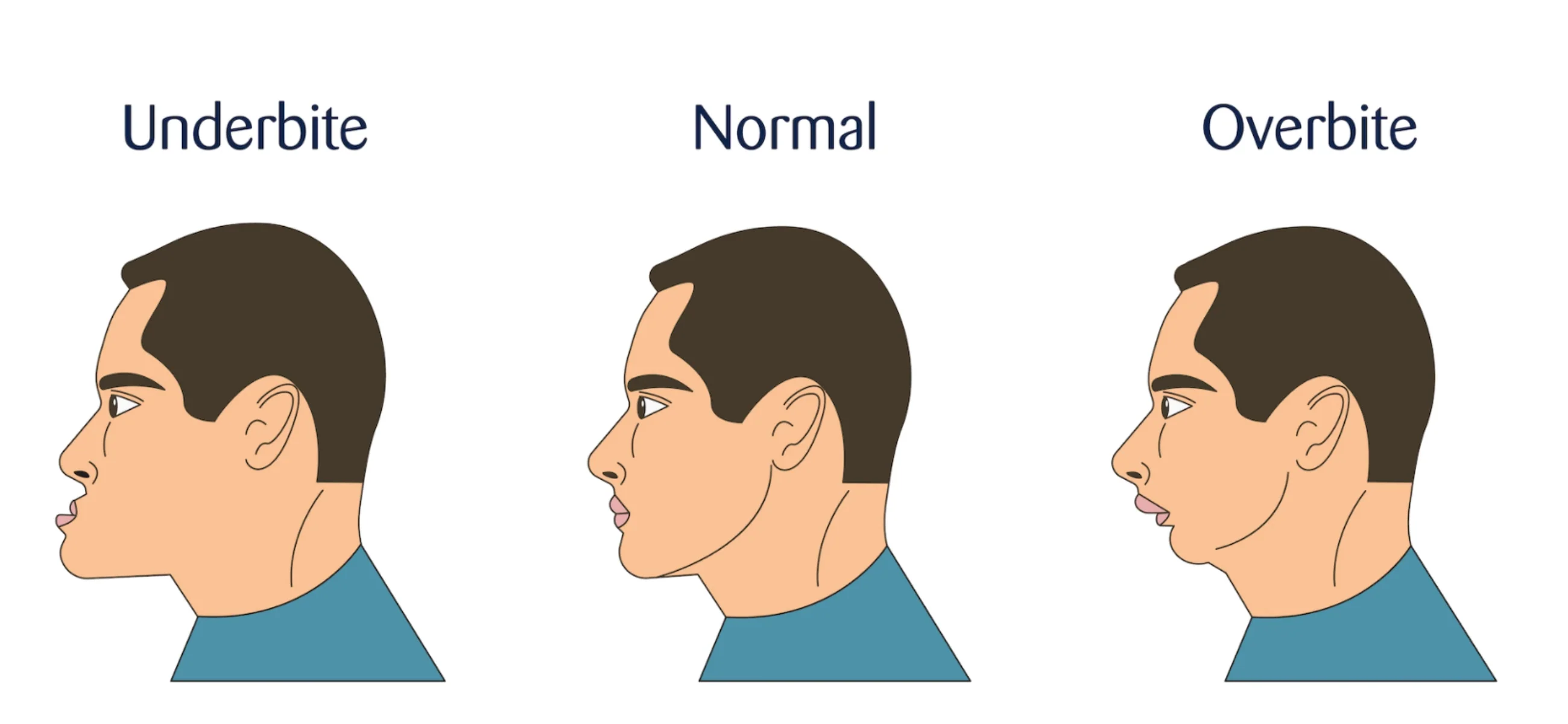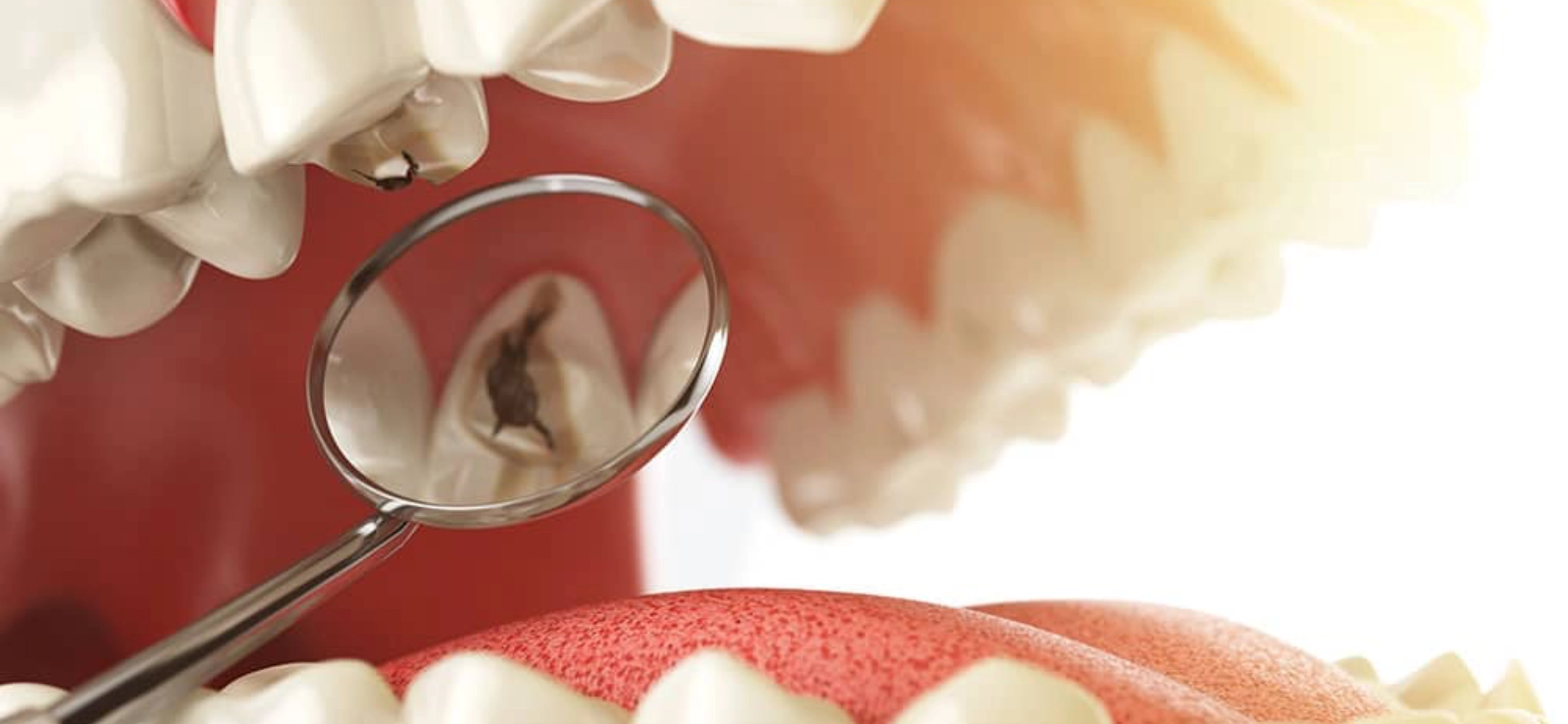Cavities are a big problem for your teeth. They lead to tooth decay and cause pain, swelling, and discomfort. If you don’t act on a cavity in time, it might cause irreparable damage to your teeth, meaning the tooth needs to be removed.
In this article, we look specifically at smooth surface cavities and reveal the five stages of this cavity. We also explain what you need to do to treat a cavity, regardless of the stage of its progression.
What is a smooth surface cavity?
A smooth surface cavity is a sign of tooth decay. Cavities can form anywhere on a tooth, including the top surface, root, or side. They are particularly damaging for your teeth, as they erode the enamel and can lead to infections, pain, and discomfort. In fact, there are five primary locations on which dental cavities can form:
| Cavity type | Explanation |
| Smooth surface | The cavity forms between the tooth or on its circumference |
| Approximal surface | The cavity forms on the position of a tooth that is touching another tooth |
| Cervical surface | It forms on the part of a tooth that neighbors gum tissue |
| Pits and fissures | It forms on the biting surface of your teeth, usually on the molars |
| Roots | The cavity forms on the part of the tooth below the gum line |
So, a smooth surface cavity refers to the section of the tooth on which he cavity forms. The good news is that it can be treated.
Smooth surface cavity stages
Dentists identify the severity of smooth surface cavities by determining the stage of decay. These include:
Stage 1 – demineralization: Acids cause erosion to your tooth’s enamel, the outer section of the tooth. This is known as demineralization, and you may notice a white spot on your tooth as a result.
Stage 2 – enamel decay: If demineralization isn’t treated, the tooth begins to decay. This is where the white spot looks darker, and you may also notice small holes in your teeth.
Stage 3 – dentin decay: The dentin lies beneath your enamel, and when a cavity progresses to stage 3, it damages the dentin. When dentin damage occurs, you’re likely to experience sensitivity to hot and cold drinks and food.
Stage 4 – pulp damage: The pulp is the innermost layer of the tooth. If decay has progressed to the pulp, you’re likely to experience dull pain within the tooth due to pressure on the nerves.
Stage 5 – dental abscess: The fifth and final stage of decay is a dental abscess. A pocket of pus will form, and the area will become inflamed due to infection. You must get an abscess treated before it bursts.
Smooth surface cavity symptoms
Recognizing the symptoms of smooth surface cavities will help you seek treatment before the tooth becomes too decayed. Here are some symptoms to look out for, which you can report to your dentist:
- Sensitivity between your teeth when you take hot or cold drinks.
- Small white spots on or between your teeth.
- Pain or discomfort from within the tooth itself.
- Discomfort between your teeth when you floss or brush.
Though you can see cavities forming, they’re not always easy to diagnose with an untrained eye. Dentists can spot cavities when you go for regular check ups, but if you haven’t seen your dentist for a while, schedule a consultation for the best course of treatment.
Are smooth surface cavities bad?
Any type of dental cavity is bad because it’s a sign of tooth decay. It’s usually caused by a diet that is high in sugar. The bacteria within sugar reacts with saliva, which produces acid that attacks your teeth. If the acid breaks down the enamel, it can result in any type of cavity, including a smooth surface cavity.
If you don’t treat a dental cavity within the early stages of its progression, it will only get worse and cause significant tooth decay, which may require a root canal treatment or even tooth extraction.
Do you need to fix a smooth surface cavity?
You absolutely need to fix a smooth surface cavity. Identifying it early, ideally in stage one or two of its progression, is crucial. If you notice it early enough, your dentist can clean the tooth and advise on the best course of action to prevent the decay from getting worse.
In most instances, improving the way you look after your teeth and reducing the amount of sugar in your diet can help. For instance, switching to an electric toothbrush like the Laifen Wave, flossing once a day, and using an antibacterial mouthwash can all work.
Are smooth surface cavities reversible?
Smooth surface cavities from stages one to four can be reversible. If your dentist gets it early enough, they can clean the tooth and fill the cavity without any issues. However, if the cavity has penetrated the pulp, root canal treatment is necessary. This is where the dentist removes the infection and attaches a new crown to the tooth.
If a dental abscess forms and has badly infected the entire tooth, the only option may be a tooth extraction. In this instance, the dentist will remove the tooth and clean the gums. You can replace the infected and decayed tooth with another tooth, often via a dental implant.
We recommend contacting your dentist to discover the best smoot surface cavity treatment options for your stage of a cavity. The sooner you contact your dentist, the better.
Do smooth surface cavities hurt?
Smooth surface cavity pain varies from person to person, but in stages one to three, you’re likely to experience some mild discomfort. The pain intensifies when the decay reaches your pulp, and you’re likely to experience a dull, gnawing pain that doesn’t go away.
A stage five cavity can be extremely painful, and the subsequent abscess can affect your quality of life. You will need to drain the abscess and treat the tooth to alleviate the pain.
The last words
A smooth surface cavity is just one type of dental cavity, but you need to act early to prevent it from progressing through the stages. If you leave it too long, it can cause significant tooth decay, which may necessitate the removal of the tooth in question.
If you suspect a cavity or notice white spots on your teeth, visit your dentist for an examination and proceed with the best course of treatment for your teeth.






